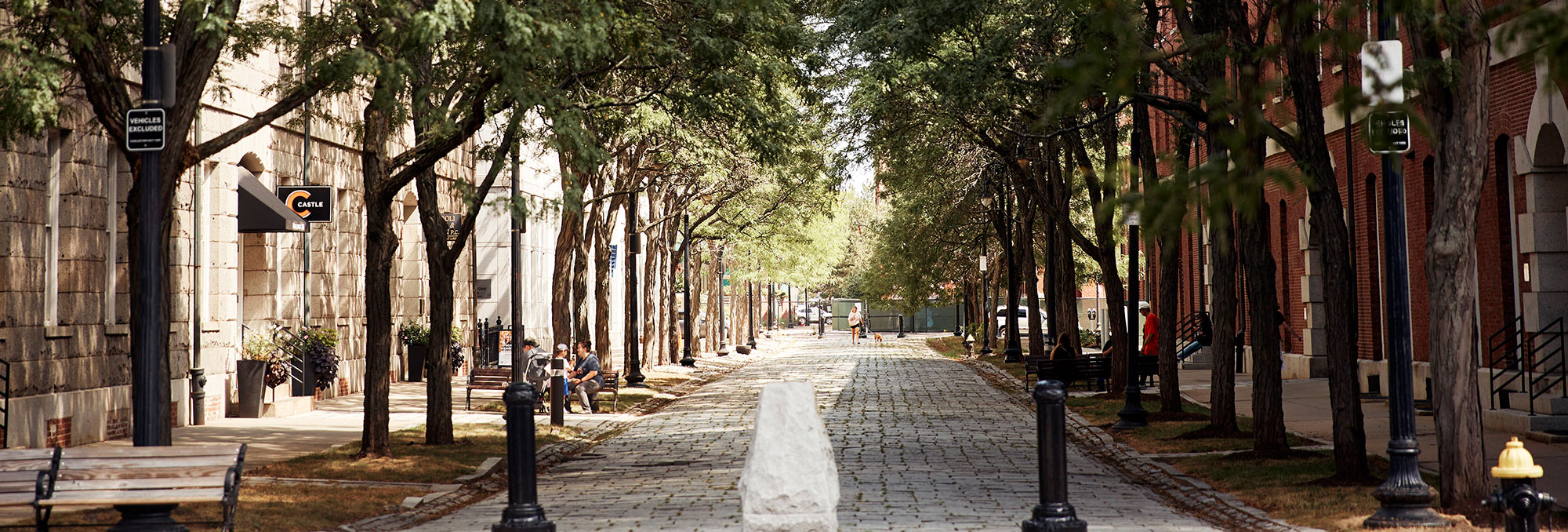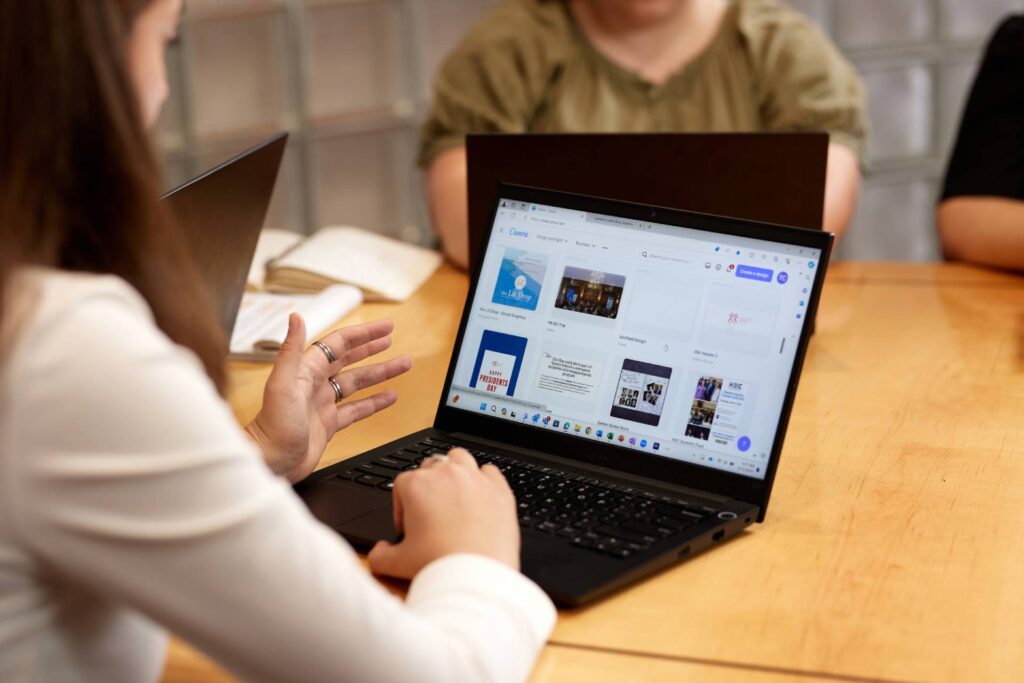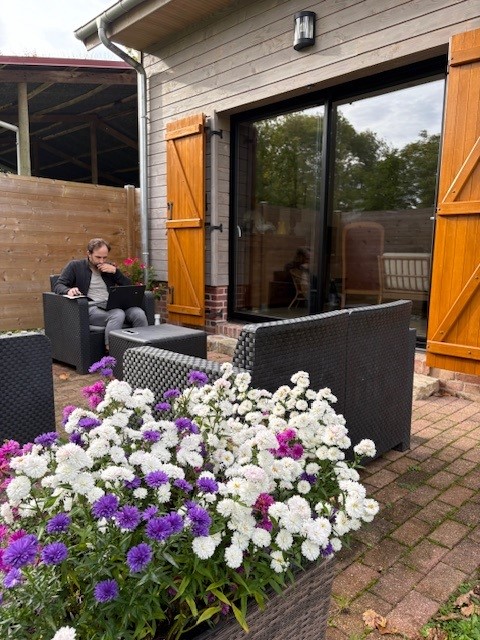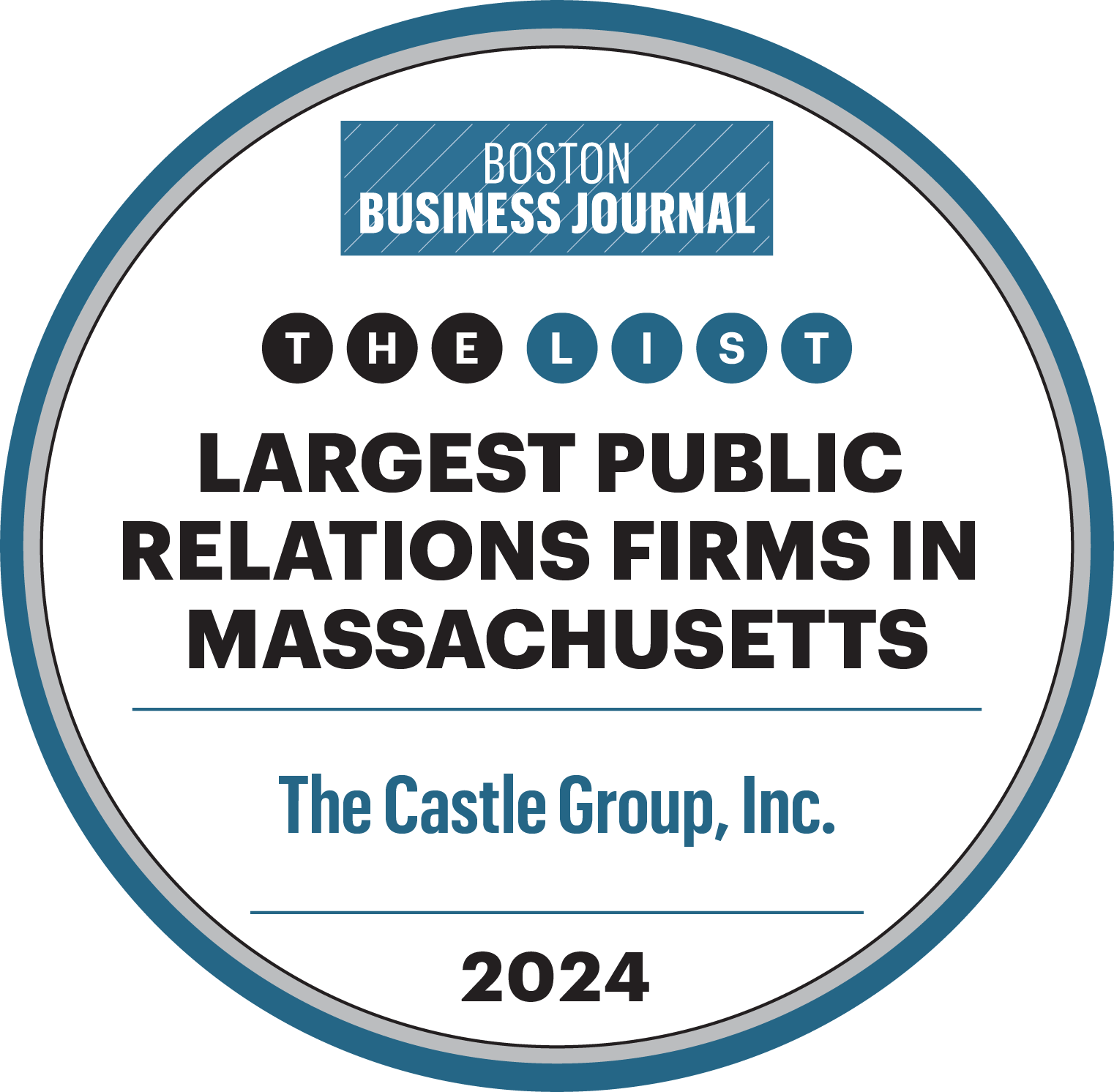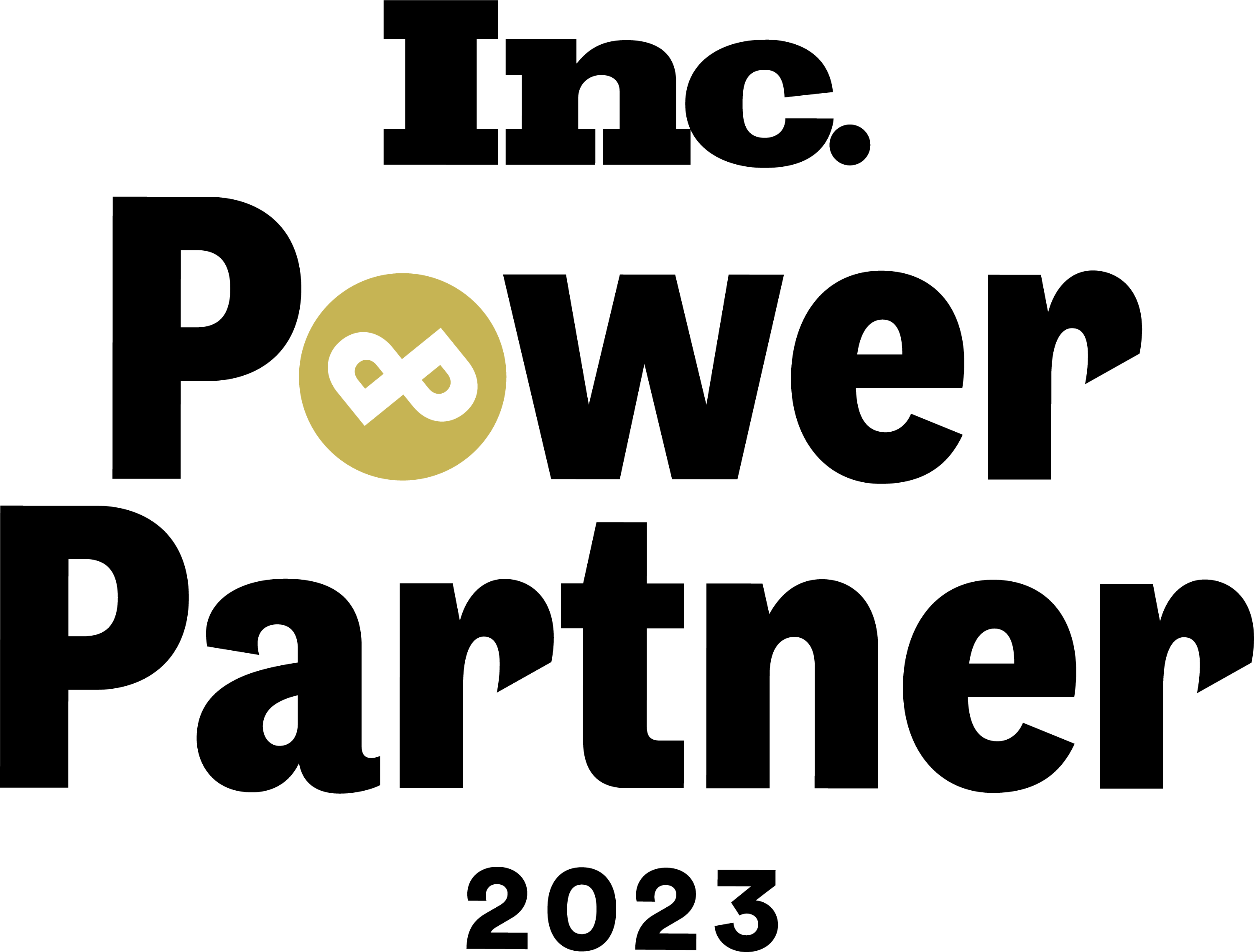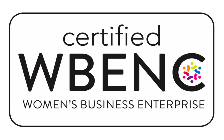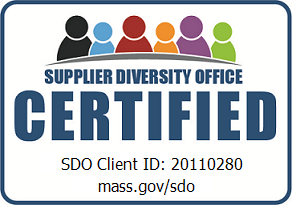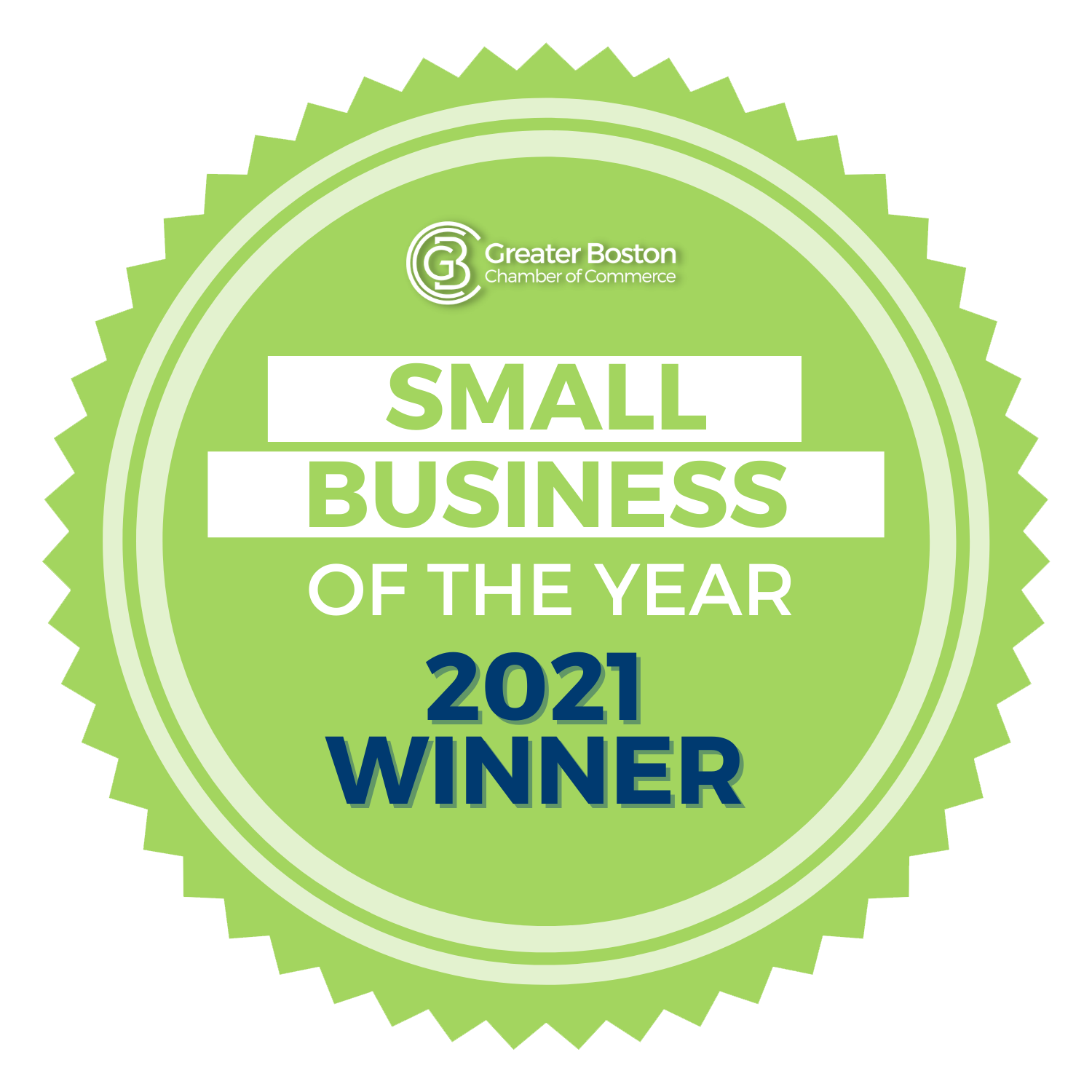The events industry is constantly evolving—and we’re happy to see a continued shift from boondoggle to intentional and thoughtful. Companies are looking for ways to align their mission, goals, and brand to the events they host. In 2025, the best events will reflect innovation, inclusion, and intentionality, creating lasting connections and measurable impact. We thought we’d share some of the top key trends that we think are here to stay—and for a bit of comic relief, a few former trends we’re happy to see go.
Event Industry Trends to Embrace in 2025
Here are the top event industry trends that we’ll see in 2025.
1. Sustainability and the Triple Bottom Line
Sustainability is more than a buzzword; it’s a cornerstone of modern event planning. Companies are focusing on the triple bottom line: people, planet, and profit. This includes:
- Low-Waste Practices: Prioritize reducing waste through compostable materials, recycling systems, and eliminating single-use plastics. Small, thoughtful changes create a significant environmental impact.
- Carbon Offsetting Initiatives: Companies are actively offsetting event-related emissions through projects like reforestation and renewable energy investments.
- Social Impact Initiatives: Offering charitable components—like donation drives, volunteer opportunities, or partnerships with local organizations—allows attendees to participate in something meaningful beyond the event itself, and it’s a great way to give back to the community.
- Inclusive Design: Ensure accessibility for attendees of all abilities by offering closed captioning, interpreters, and sensory-friendly spaces.
- Wellness-Inspired Choices: From fitness breaks to health-conscious catering, integrating wellness elements enhances the experience.
- Biophilic Design: Incorporate natural elements like plants, water features, and sunlight to create calming and rejuvenating environments. These designs promote mental well-being and reduce attendee stress.
- Wellness-Oriented Venue Selection: Choosing venues that offer outdoor spaces, fresh air, and wellness amenities, supports the growing trend toward holistic well-being.
- Extended Breaks: Conferences are extending break times in between sessions and building in blocks of time for attendees to be able to answer emails, call their family, or take care of whatever they may need while away from their day-to-day.
- Non-Alcoholic Beverages: The rise of mocktails and creative alcohol-free drinks caters to diverse preferences while aligning with sustainability and wellness goals.
Sustainability isn’t just a trend—it’s a commitment to creating impactful and responsible events.
2. Technology: Streamlining, Personalizing, and Immersing
Technology is reshaping every aspect of event planning, from preparation to post-event engagement. Here’s how tech is being used to create smarter and more impactful events:
- AI-Driven Efficiency: Planners use AI to streamline tasks like researching venues, analyzing data, and automating administrative workflows.
- AI-Powered Networking: AI-powered platforms facilitate meaningful connections by analyzing attendee profiles and matching shared interests, goals, and professional backgrounds. This approach leads to purposeful, impactful interactions.
- Hyper-Personalization: Tailored agendas, curated seating, and bespoke swag are made possible through data-driven insights, elevating the attendee experience.
- Immersive Storytelling: Augmented and virtual reality brings brands and stories to life, creating engaging experiences like walking through a product’s lifecycle or exploring a brand’s history interactively.
- Hybrid Event Enhancements: Improved streaming tools and interactive features ensure virtual attendees feel as involved as those in person. Hybrid events now seamlessly integrate both audiences, expanding accessibility and reach.
- On-Demand Content for Extended Engagement: Offering post-event access to recorded sessions, resources, and highlights ensures attendees can revisit key moments or catch up on what they missed, extending engagement long after the event ends.
3. Local & Authentic Experiences
Attendees crave meaningful connections with their event destinations, leading to a shift toward local and authentic experiences. Key components include:
- Emphasis on Local Culture: Incorporate regional cuisine, music, and art into the agenda, allowing attendees to immerse themselves in the locale’s unique identity.
- Micro-Events and Regional Hubs: Companies host smaller, localized events instead of one large gathering. This reduces travel-related emissions, aligns sustainability goals, and delivers more tailored experiences for each audience.
- Destination Events in Emerging Hotspots: Locations like Austin and Nashville are gaining popularity for their affordability, accessibility, and unique cultural appeal. Exploring fresh destinations keeps events exciting and offers attendees a sense of adventure.
4. Data Privacy & Security
As event technology advances, ensuring attendee data security is paramount. Companies are adopting:
- Transparent data collection policies that prioritize attendee trust.
- Secure systems for registration, payment, and event app usage.
- Staff training to handle data responsibly and prevent breaches.
Protecting attendee information is no longer just good practice. It’s essential for maintaining credibility.

A little comic relief: 5 event industry trends we are happy to see go
Here are a few trends that did not last (and we’re not sad about it).
1. Bacon Walls
What was once a sizzling addition to cocktail hours now feels more absurd than appetizing. Hanging strips of bacon on a wall for guests to pluck off may have delighted carnivores in 2010, but it’s a faux pas in today’s health-conscious and inclusive dining era.
2. Silent Discos
Although they worked well for noise ordinances, silent discos left attendees disconnected. Interactive, shared music experiences are more engaging and memorable.
3. Goat Yoga
Goats may be cute but belong outdoors—not in hotel ballrooms. Let’s enjoy yoga and goats separately—both deserve better.
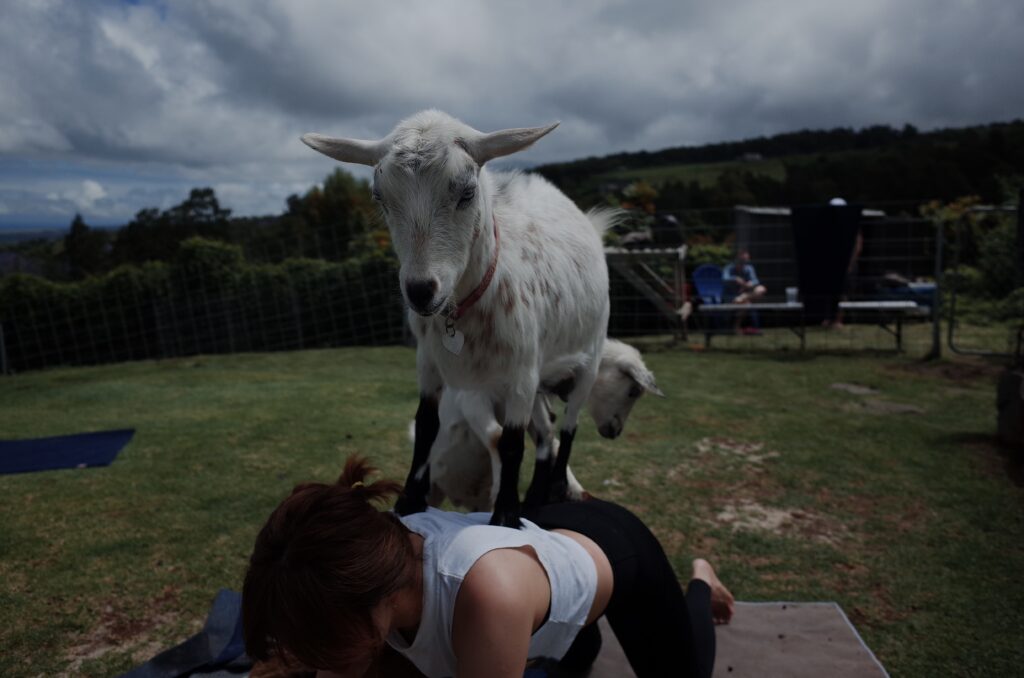
4. Charcuterie Clipboards
Clipboards as snack plates may have been creative, but they were impractical. Let’s focus on presenting delicious food functionally and appealingly.
5. Champagne Skirts
Servers wearing champagne-filled wire skirts was a fun gimmick, but it’s a trend that’s gone flat. Elegant, simple beverage service outlives all fleeting trends.
6. Flash Mobs
While they started as fun and unexpected, it quickly became overdone—and a bit cringeworthy when done poorly. So many new entertainment trends are on the rise—we love an electric violin or roaming saxophone!
7. Overly Literal Themes
Events that took their themes way too literally—think “Under the Sea” decor complete with staff dressed as mermaids—are now reserved for high school prom. Today, subtler, more elegant executions are the preference.
Need help keeping up with current trends in the event industry and exploring how to incorporate them into your 2025 events?
By embracing sustainability, leveraging the latest technology, and prioritizing attendee needs, event organizers can create experiences that are innovative, impactful, and inclusive. The future of events lies in intentional design and thoughtful execution.
Check out Castle’s website or contact Castle’s Event Management team for support.



